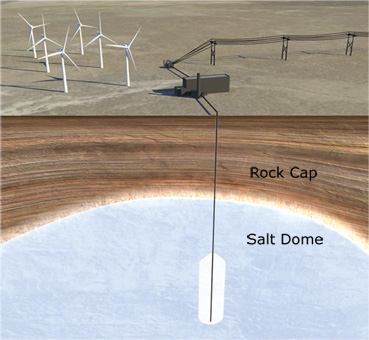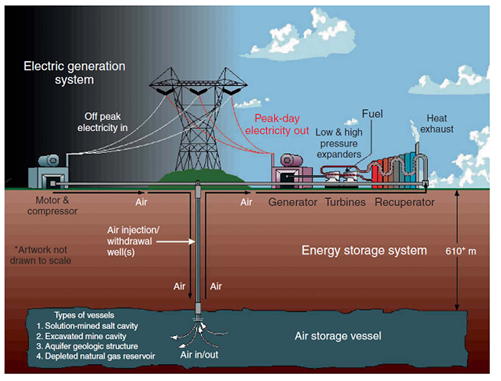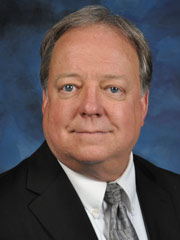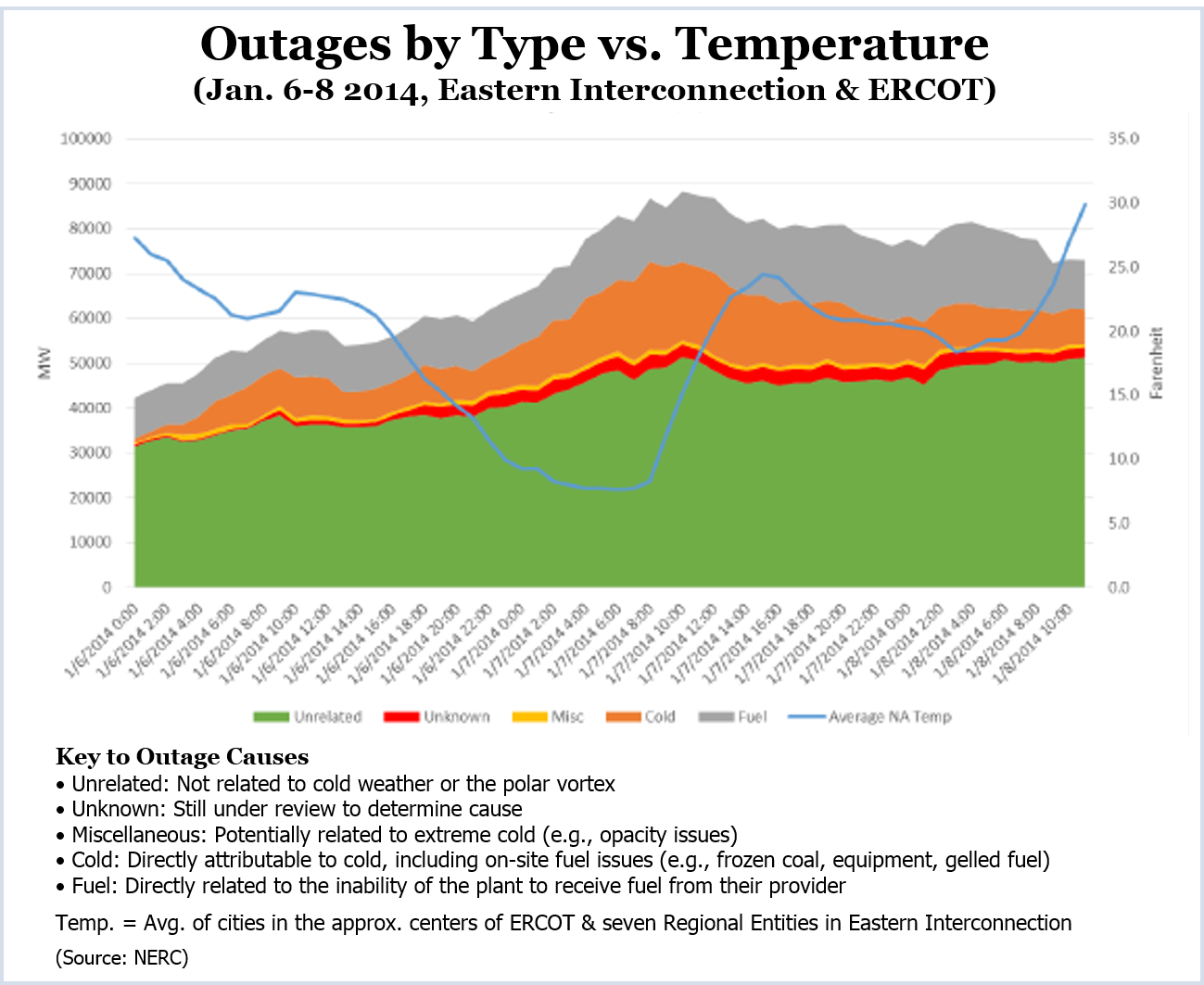The U.S. Supreme Court declined to hear an industry group’s appeal that the Environmental Protection Agency’s 75 parts-per-billion ozone rule is too strict.
The Utility Air Regulatory Group, made up of mining and generation companies, argued that the EPA’s standard, originally set by the Bush Administration in 2008, restricts industrial growth and power generation. The standard sets a limit for ground-level ozone, a byproduct of fossil-fuel combustion. The EPA said elevated ozone levels can contribute to respiratory problems and contribute to smog. An even stricter standard may be in the works.
More: The Hill
EPA Brings Back Retired Official for No. 2 Post
Environmental Protection Agency chief Gina McCathy has named a former regional EPA official as the agency’s acting deputy administrator.

Stan Meiburg, who retired earlier this year as deputy director of the agency’s Region 4 office in Atlanta, will return to assist McCarthy in the national office. “His experience spans the agency, having worked closely on air, enforcement, toxics, operations and countless other EPA issues,” McCarthy wrote in a memo to employees. Meiburg started with the agency in 1977.
The Senate must confirm the appointment.
More: The Hill
Drilling Boom on Fed Lands Fuels Methane Emissions Rise
The increase in drilling on federal lands and waterways in recent years has caused a steady increase in methane emissions, according to a study by the Wilderness Society and the Center for American Progress.
The study found a 135% increase in methane emissions between 2008 and 2013. Drillers emit or burn off methane when infrastructure such as pipelines and processing facilities is not in place to take away the gas. The practice is common in areas where well construction has outpaced infrastructure development. Much of the increase was linked to the oil and gas booms in North Dakota and New Mexico, according to the study.
The Bureau of Land Management is seeking ways to address the problem on federal lands. The Environmental Protection Agency is considering rules that would regulate methane emissions at all US. oil and gas wells. The study came out days after the EPA released a report that found emissions from the oil and natural gas industries fell 12% since 2012.
More: The Houston Chronicle
Powhatan Asks FERC’s Bay to Step Aside in Case
Powhatan Energy Fund, charged with manipulative trading practices by the Federal Energy Regulatory Commission, filed a motion last week asking FERC Commissioner Norman Bay to recuse himself because Bay headed the investigation against Powhatan. “It is clear … that Mr. Bay has already prejudged the merits of this investigation,” Powhatan said in the motion. “Mr. Bay himself has already said so – and even put it in writing.”
Bay, who was director of enforcement during the Powhatan investigation, now heads the agency. Powhatan said it would be unfair for him to adjudicate a case that he essentially prosecuted. “There can be no more clear-cut case of bias and conflict,” it said in its motion. The motion cited several U.S. Supreme Court rulings that hold that a fair trial is a “basic requirement of due process” and that fairness “requires an absence of actual bias in the trial.”
FERC has not issued any statement regarding the motion.
More: Powhatan Energy
NRC Names New Inspector for Byron Nuclear Station

Jason Draper joined the NRC in 2007 as a reactor engineer. He will work under Senior Resident Inspector Jim McGhee. Each U.S. commercial nuclear station has at least two resident inspectors.
More: NRC
DOE Declassifies Oppenheimer Security Hearing Transcripts

Oppenheimer headed the Manhattan Project during World War II, which developed the nuclear bombs dropped on Japan. During the Red Scare, he was accused of having Communist sympathies. His security clearance was suspended in 1953 and revoked entirely the following year, though the reasons were never publicly disclosed.
Steven Aftergood, director of the Project on Government Secrecy for the Federation of American Scientists, said the release of the documents finally lifts the cloud of secrecy on the Oppenheimer case that has fascinated historians and scholars for decades.
“This was a landmark case in U.S. history and Cold War history,” he said. “It represents a high point during anti-communist anxiety and tarnished the reputation of America’s leading scientist.”
DOE declassified the entire 20-volume record of the Oppenheimer hearings. The transcripts are posted on the department’s OpenNet website.
More: Nextgov
Offshore Wind Could Cut U.S. Power Costs by Billions
A report by the Department of Energy determined that offshore wind energy, though relatively expensive now, could ultimately save American energy consumers about $7.8 billion a year.
The report found that installing 54 GW of offshore power would make wind energy a major player in the country’s energy industry. The National Offshore Wind Energy Grid Interconnection Study concluded that the potential for offshore wind energy is enormous – more than 134 GW at 209 identified sites. It also noted that many of the sites are near densely populated areas with high energy prices, such as the coastal Northeast, Mid-Atlantic and northern California.
More: Switchboard














